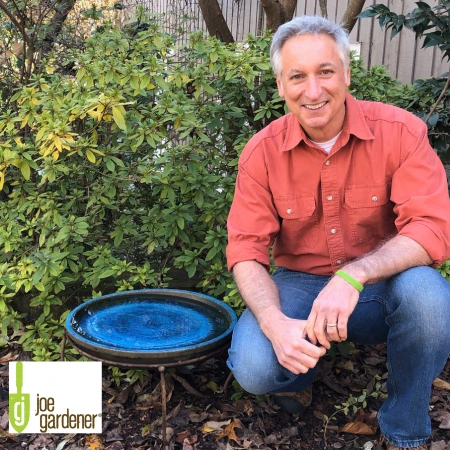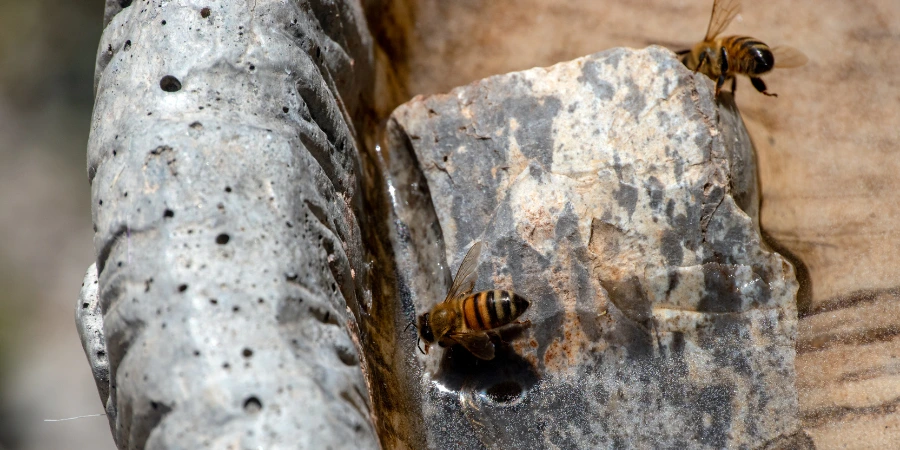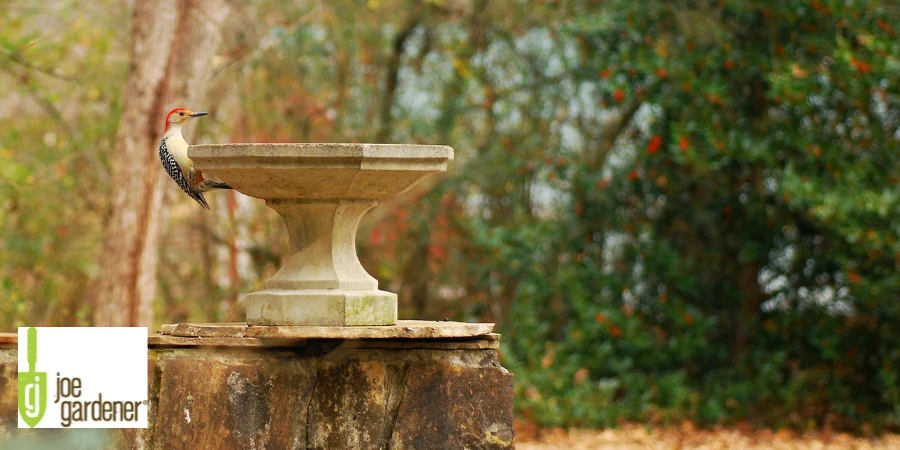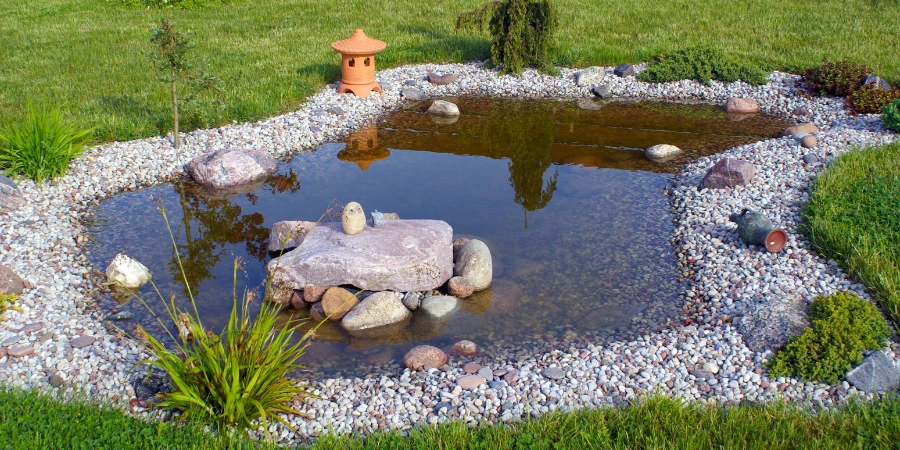Why Every Garden Deserves a Water Feature
- Gardening Expert and Host of Growing a Greener World®May 24, 2025

There’s something magical about water in a garden. It adds sound, movement, and reflection—and with it, life. Lots of it.
If you’ve ever thought about adding a water feature but weren’t sure where to start—or questioned whether it’s worth the effort—I can tell you: it absolutely is. Whether it’s a simple birdbath, a bubbling fountain, or a large pond, water has the power to transform your garden, not just in appearance but in ecological value too.
Let’s explore why water features matter, how they support wildlife, and what options work for gardens of all sizes and budgets.
Why Wildlife Needs Water
Drinking Water for All Creatures
Birds, mammals, reptiles, amphibians, and insects all rely on access to clean water, especially during dry stretches or winter freezes, when natural sources dry up or freeze over. In many neighborhoods, your garden water feature might be the only available source.
Bathing for Birds
Birds don’t just sip from that birdbath—they splash, bathe, and preen. Keeping their feathers clean is critical for flight, insulation, and waterproofing. A shallow basin with gently sloped sides works best.
Breeding Grounds for Amphibians
Toads, frogs, and salamanders depend on water to reproduce. Even a small backyard pond can support their life cycle and provide vital habitat, especially as wetlands disappear in developed areas.
Support for Pollinators
Bees and butterflies need hydration, too. A shallow dish filled with pebbles and water gives them a safe place to perch and sip, without the risk of drowning. I see bees at my garden’s edge every summer morning, lined up at the water dish.

A Magnet for Biodiversity
There’s truth in the old saying: If you add water, life will find it. Dragonflies, hummingbirds, snakes, turtles—even owls—often appear after a water feature goes in.
What to Consider Before You Add a Water Feature
- Sun vs. Shade: Sunlight can lead to algae growth in still water. Shade keeps it cooler and slows evaporation. A mix of both works well.
- Power Source: To operate a pump or fountain, you’ll need access to electricity or a suitable solar alternative.
- Safety: Have kids or pets? Shallow features or secured deeper basins are the safest bet.
- Visibility: Place your feature where you can see and enjoy it—perhaps from a kitchen window, porch, or your favorite garden bench.

A Garden Water Feature for Every Budget
1. Birdbaths
Pros: Affordable, easy to set up, instantly useful
Cons: Requires frequent refills and cleaning.
Tip: Choose one with a textured surface and a gradual slope
2. Pebble Trays or Bee Baths
Pros: Excellent for pollinators, very low maintenance
Cons: Must be kept full, easily forgotten
Tip: Use a shallow dish with pebbles, and place it near flowers
3. Container Fountains or Bubblers
Pros: Adds sound, keeps water circulating (mosquito-friendly)
Cons: Requires power or solar setup, some maintenance
Tips: Solar pumps are a great off-grid solution
4. Ponds (Small or Large)
Pros: Supports amphibians, creates a natural look
Cons: More expensive and involved to install
Tips: Use native aquatic plants and include a sloped entry for wildlife

Simple Maintenance Tips for Garden Water Features
- Clean regularly: Birdbaths should be dumped and scrubbed at least once a week, more often in hot weather.
- Remove debris: Leaves and organic matter can collect quickly in ponds, leading to a buildup.
- Refill as needed: During summer, water levels drop quickly. Keep the basin near full, especially for small animals.
- Winterize: If freezing is a concern, remove pumps or empty containers that could crack.
- Plant for support: Floating or marginal plants help filter the water and provide shade, habitat, and aesthetic value.
Mosquito Control for Garden Water Features
- Keep water moving: A simple pump or bubbler prevents egg-laying.
- Use mosquito dunks: These contain Bacillus thuringiensis israelensis (Bti)—harmless to wildlife, deadly to mosquito larvae.
- Encourage predators: Frogs, dragonflies, and birds are natural mosquito control agents.
- Change water frequently: Refresh shallow water every three days to prevent larvae from maturing.
A water feature brings more than beauty to your garden—it brings life. Whether you’re setting out a saucer for bees or building a full backyard pond, adding water starts a ripple effect that benefits your plants, wildlife, and your own connection to the landscape.

